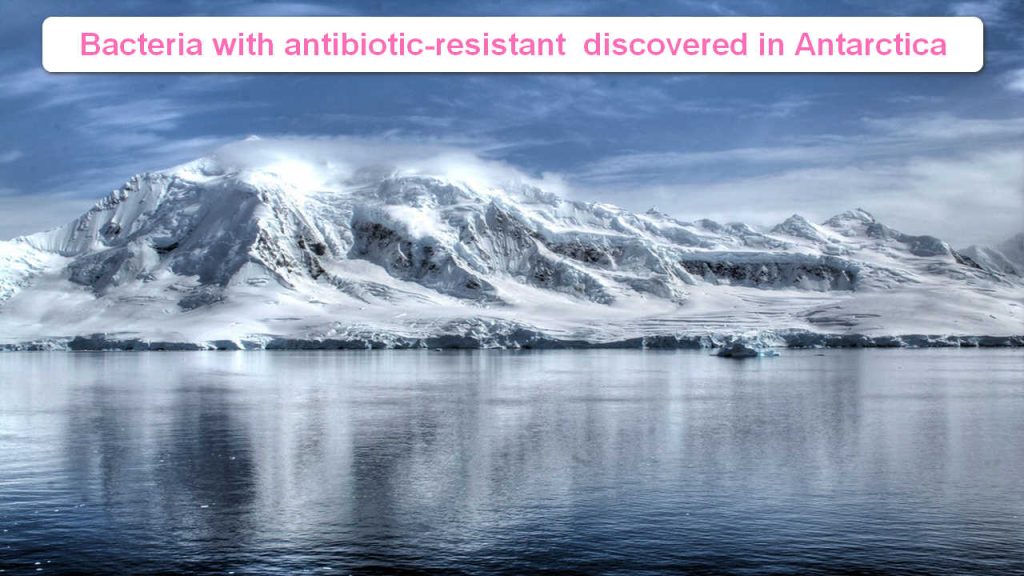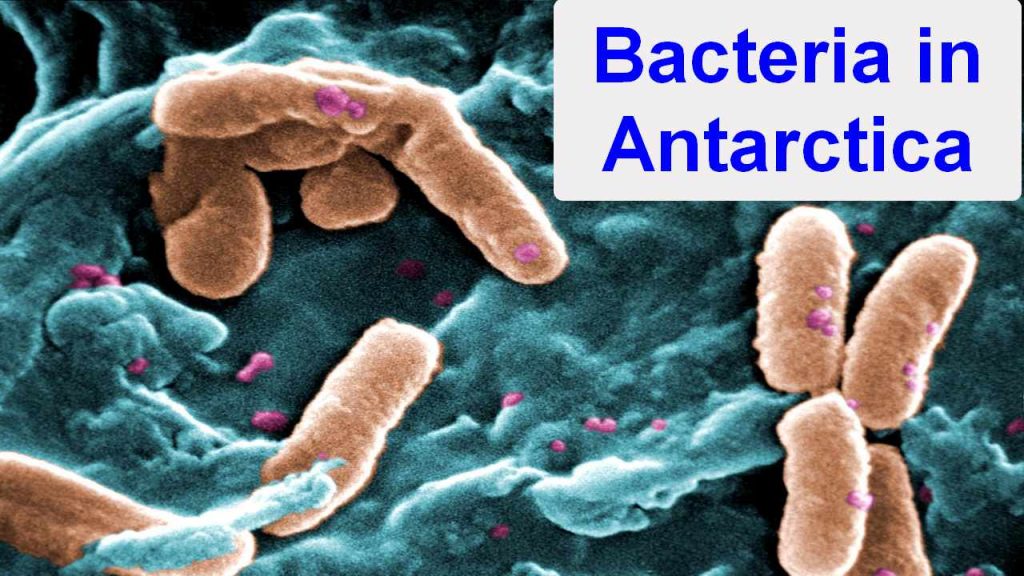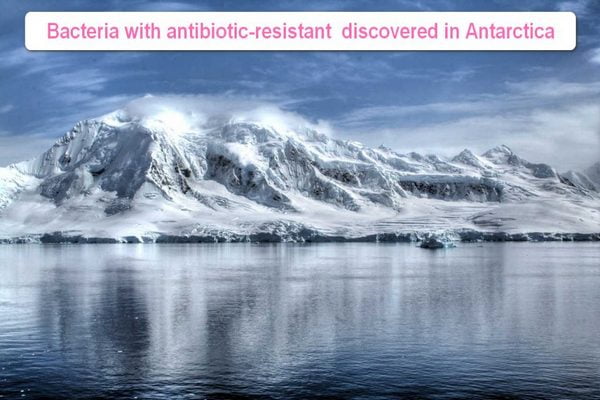Bacteria with antibiotic-resistant genes discovered in Antarctica

The primary focus of the finding

Pseudomonas bacteria, which are one of the main bacterium groups in the Antarctic Peninsula, were determined by researchers to not be harmful but to have the potential to be a source of resistance genes.
Scientists in Chile have uncovered genes in bacteria from Antarctica that confer natural antibiotic and antimicrobial resistance, and they believe that these bacteria may expand beyond the polar areas.
What exactly is Bacteria?
Bacteria are microscopic single-celled creatures that lack a recognizable nucleus. They can take the form of spheres, rods, or spirals. They may be found in almost every environment, including soil, water, organic debris, and animal bodies.
Andres Marcoleta, a University of Chile researcher who led the study published in the journal Science of the Total Environment in March, said that these “superpowers” that have evolved to withstand extreme conditions are contained in mobile DNA fragments that can easily be transferred to other bacteria.
Antibiotic resistance indicates
Antibiotic resistance occurs when organisms such as bacteria and fungi gain the capacity to resist medications that are supposed to kill them. This implies that the germs are not eliminated and can continue to multiply.
Studying Antarctic bacteria, researchers discovered that one of the most prevalent bacterial groupings in the region is not harmful but can be a source of “resistance genes,” which are resistant to popular disinfectants like copper or chlorine.
Nonetheless, Marcoleta claims that a distinct sort of bacterium, Polaromonas, has the ability to deactivate beta-lactam-type antibiotics, which are vital for the treatment of many illnesses.
“For example, quaternary ammonium or chlorine disinfectants like quaternary ammonium were discovered to have antibiotic resistance. We discovered that all of the genetic information that confers these hyper-resistant features in these bacteria might be a possible source of resistance mechanisms that can be transmitted to disease-causing bacteria “.Marcoleta made the comment.
From 2017 to 2019, researchers from the University of Chile gathered a number of samples from Antarctica.







